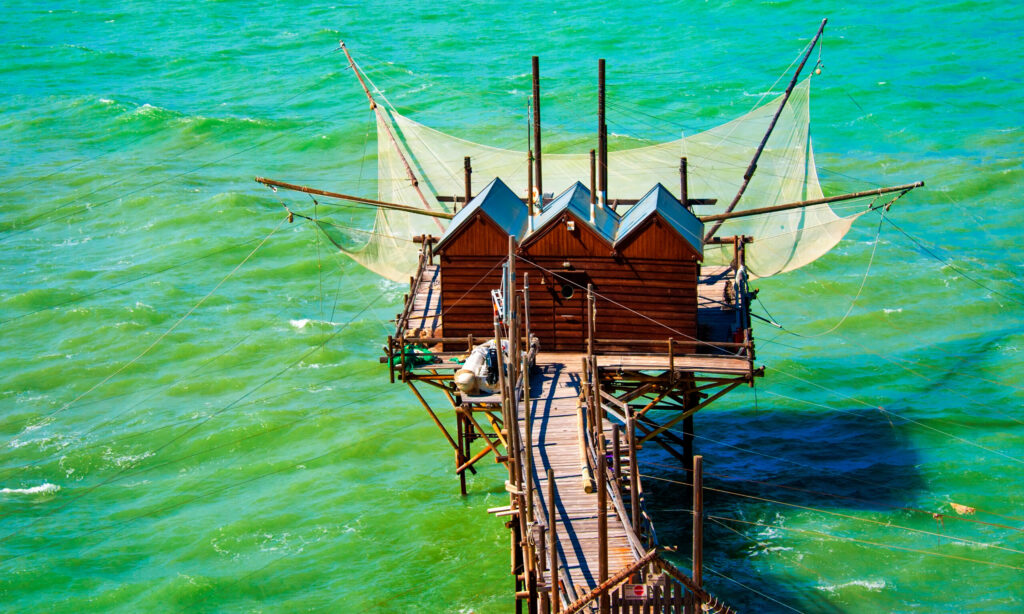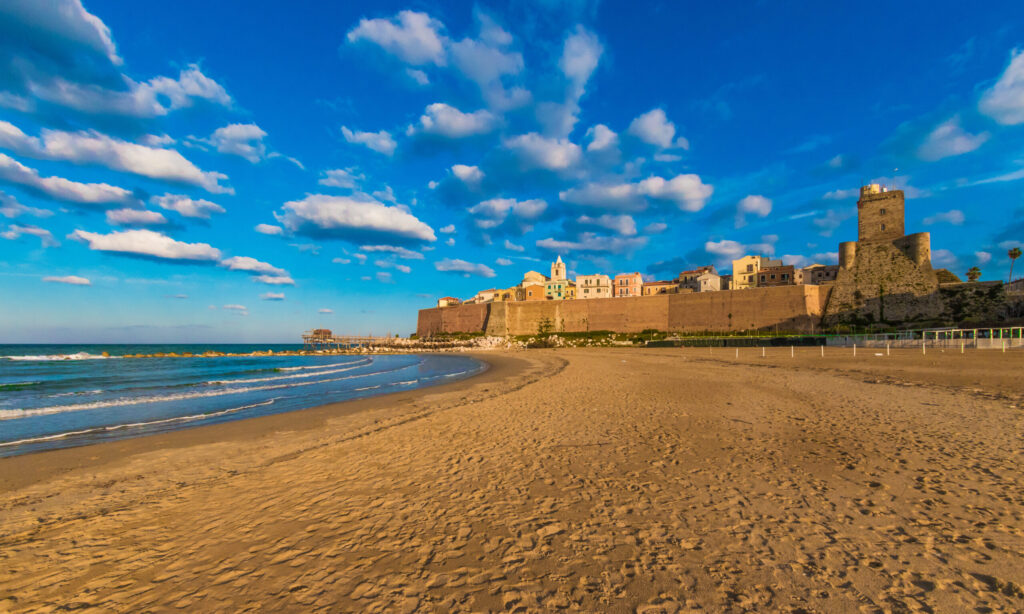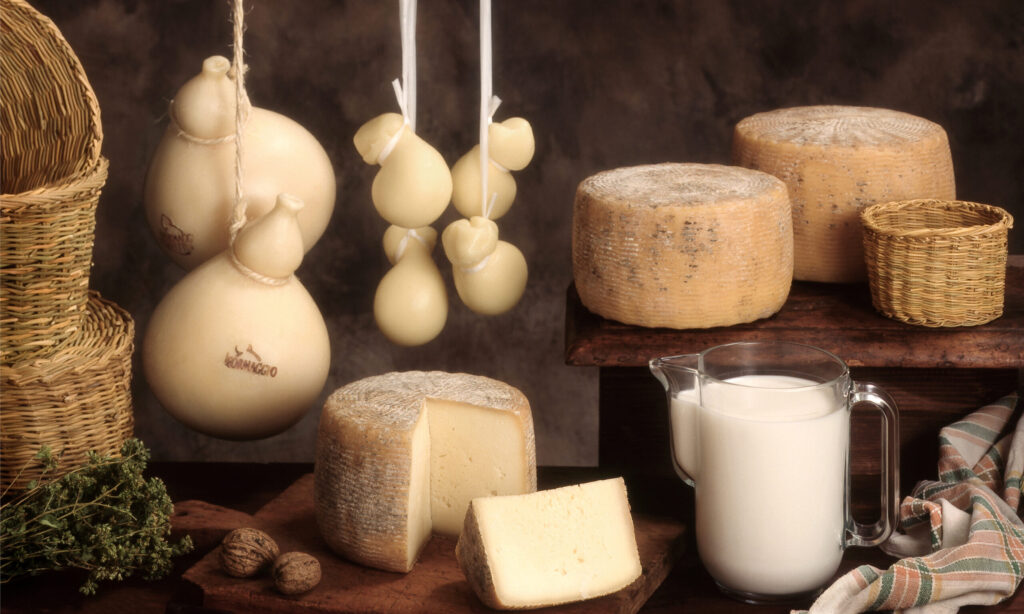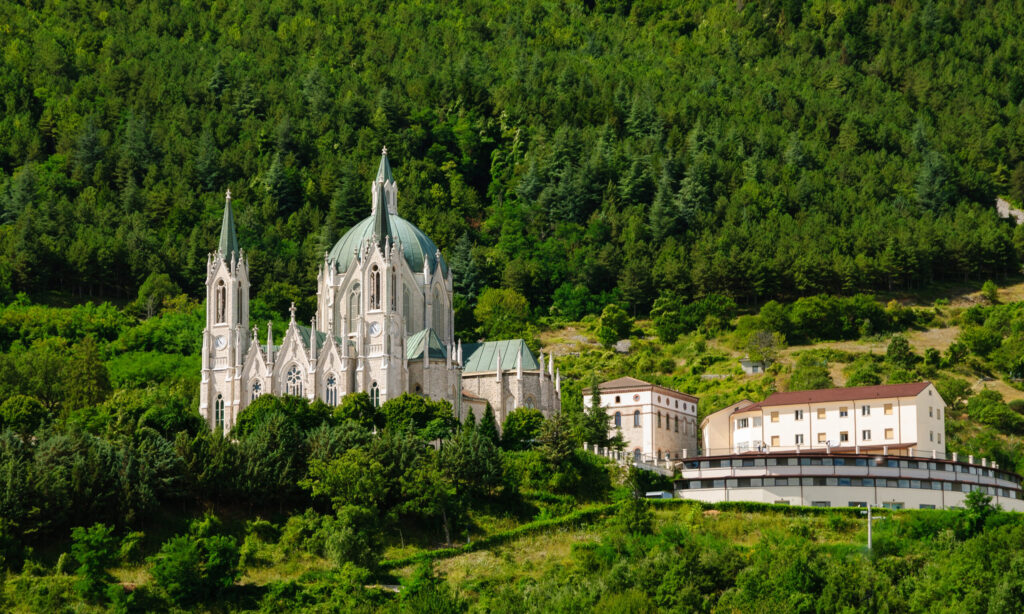Provinces and capitals of molise
The region is divided into the two provinces of Isernia and Campobasso, in which the regional capital of the same name is also located.
Provinces and capitals
The Province of Isernia in the Interior
Isernia is perfect for winter sports lovers. It has the best ski center in Molise: Capracotta in the Molise Apennines. You can enjoy downhill skiing, cross-country skiing, ski touring, and alpine skiing there.
The pure nature and many natural parks in Isernia are great for hiking, horseback riding, and bike rides. Explore the traditional “tratturi” paths. Don’t miss the “Grotte di San Michele” in Santa Maria del Molise.
Isernia is also famous for its handicrafts. You can find traditional items like bagpipes, bells, knives, lace cushions, and copperware. These ancient crafts are still practiced today. Isernia became the provincial capital in 1970. With about 20,000 people, it is the smallest provincial capital in Italy.
In the north of the province, you’ll find one of Italy’s top archaeological sites. In ancient Samnium, visit the highest amphitheatre in Italy, the “Teatro Sannita Pietraabbondante.” This semi-circular theatre offers stunning views over the green hills of Molise and seated around 2,200 people.
The Green Province of Campobasso
The Trigno, Biferno, and Fortore rivers flow through Campobasso. These valleys, lined with green mountains and hills, widen towards the coast, ending in bright, wide sandy beaches.
Historic towns and villages with fortresses sit on hilltops in this area. The regional capital, Campobasso, has around 80,000 people. The old town and newer parts of the city spread out below the fort on the fortress hill. The nearby town of Ferranzano is famous because Hollywood actor Robert de Niro comes from there. In summer, there is an annual cinema festival.
The province is rich in archaeology. It has the prehistoric village of Campomarino and several necropolises. These include the necropolis of Termoli with 141 tombs, the tombs of Guglionesi, the Samnite burial ground of Gildonea, and the Longobard necropolises of Campochiaro. In Sepino, you can see the ruins of the ancient Roman city of Saepinum. This includes a forum, basilica, Bojano Gate, thermal baths, theatre, curtain wall, and impressive entrance gates.
Another feature of Campobasso is the “tratturi.” These are grassy paths used by shepherds to drive their flocks from the summer pastures to the valleys of Apulia thousands of years ago.
Contact us to plan
your event or trip in Italy
Contact us now for a free consultation to plan an extraordinary experience for you and your guests!






